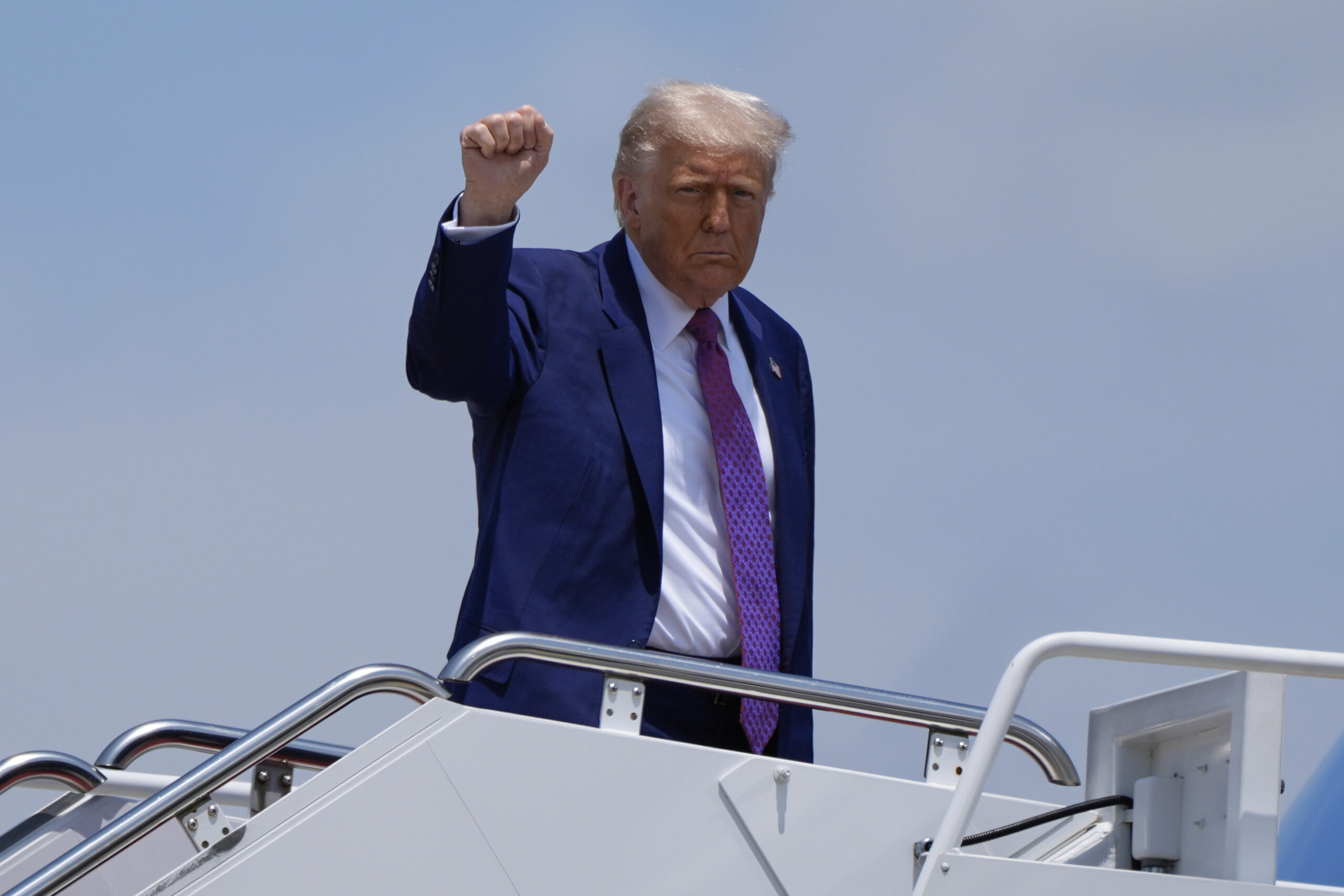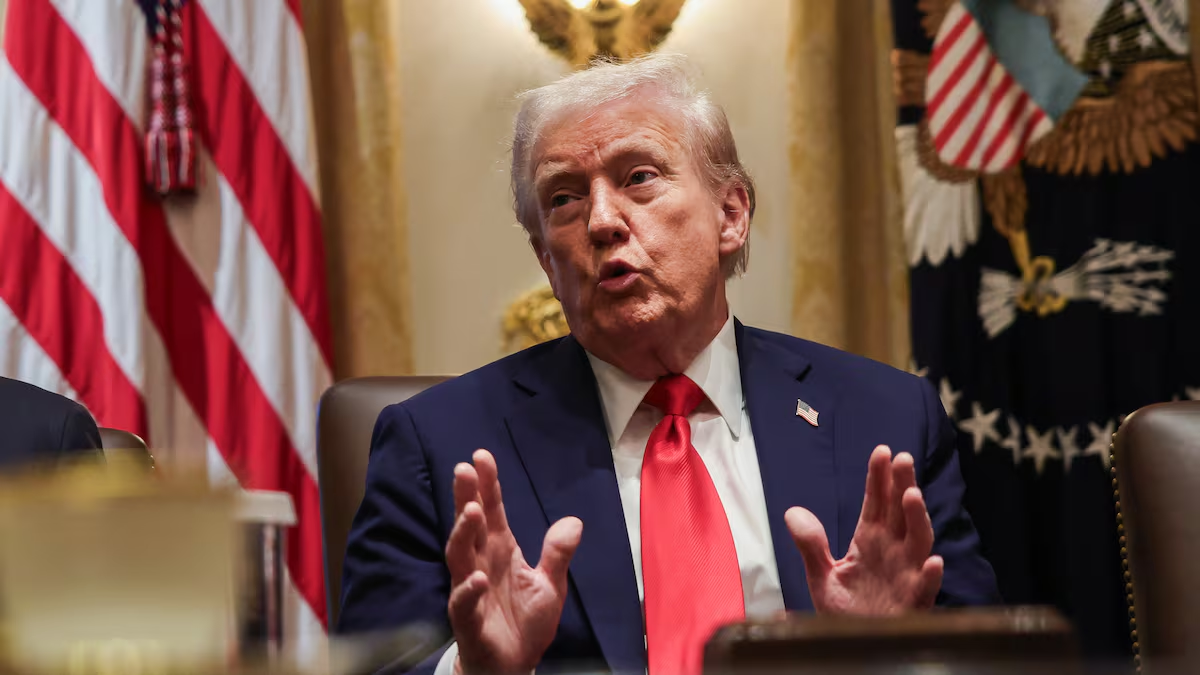President Trump and Chinese leader Xi Jinping recently held talks resulting in what the White House describes as a “done deal” on rare-earth minerals — key inputs for electric vehicles and smartphones. While details remain limited, this step builds upon the existing tariff truce reached in Geneva, signaling incremental progress in U.S.–China trade policy.
Geneva Truce ‘Cleaned Up’ by Trade Officials
U.S. Commerce Secretary Howard Lutnick confirmed that both nations have “reached a framework to implement the Geneva consensus” following a June 5 phone call between the presidents. He emphasized efforts to “clean up” the agreement, with implementation pending final presidential approval.
Treasury Secretary Scott Bessent stated that existing tariff pauses will continue to facilitate ongoing talks, potentially extending beyond the original 90-day window. These extensions aim to enable trade discussions with other major partners, including the European Union, based on their good-faith participation.
Despite positive signals, the rare-earths deal is limited in scope. Washington remains vague on specific concessions. The 90-day Geneva pause reduced U.S. tariffs on Chinese goods from 145% to 30% and Beijing cut its duties to 10%, with an added suspension on certain rare-earth exports. Yet both sides accuse each other of violating parts of the agreement.
Markets responded with little enthusiasm, reflecting the modest nature of the developments. Analysts caution that a broader U.S.–China trade deal — or a deeper strategic realignment — remains unlikely in the near future.
The Road Ahead
As talks proceed in London, expect updates on rare-earths shipments, tariff adjustments, and possible semiconductor export easing. A finalized agreement will likely hinge on presidential sign-off and enhanced implementation mechanics.
For more on trade policy and global negotiations, visit our Trade Insights section or review the latest on U.S.–China relations.



